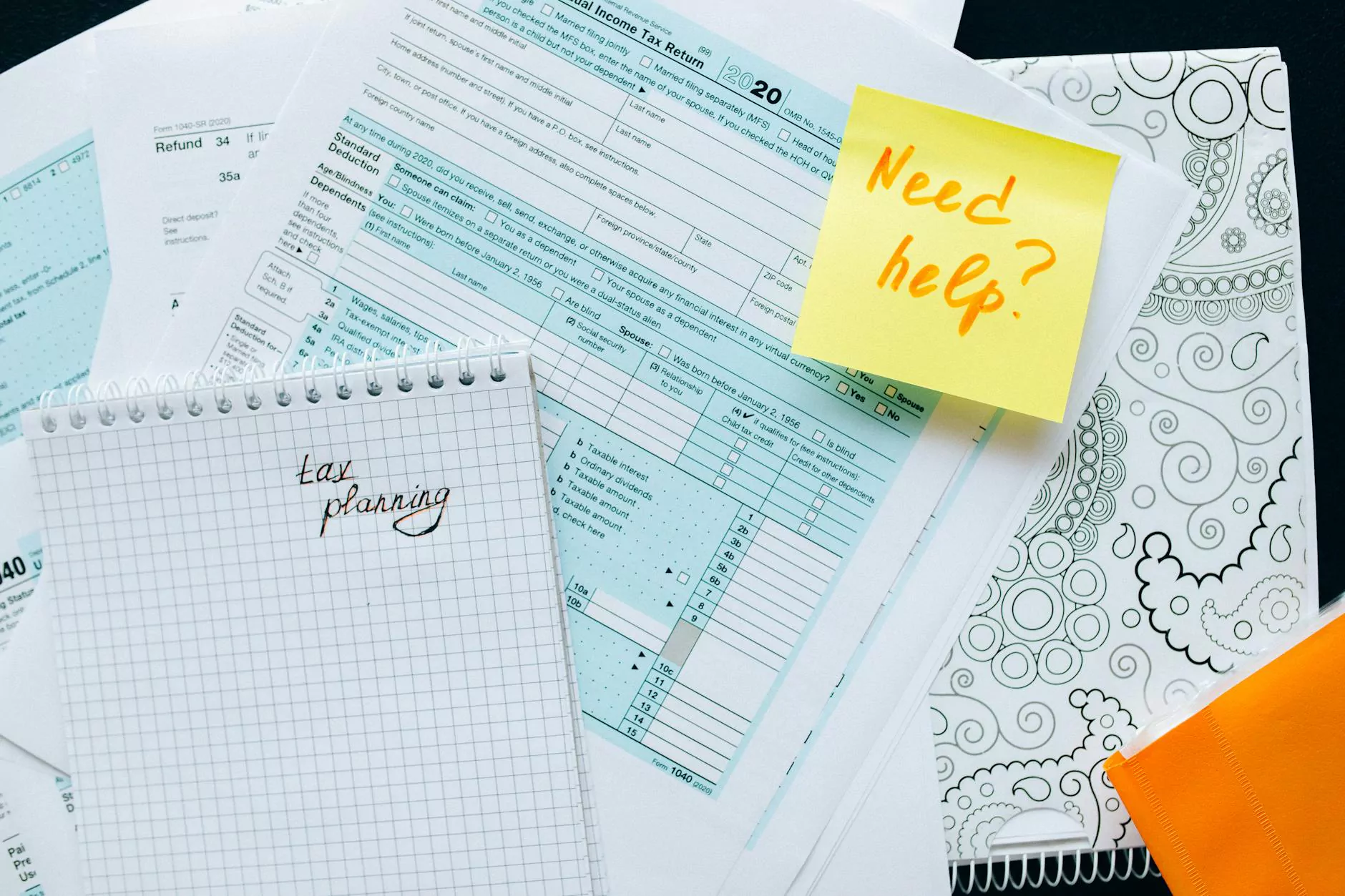3-Step Formula to Improve your Legal Document's Clarity

Welcome to Charlotte SEO Rankings, the leading source of expert advice and guidance on various aspects of business and consumer services. In this comprehensive guide, we will walk you through a powerful 3-step formula to help you enhance the clarity of your legal documents, ensuring effective communication and minimizing misunderstandings.
Step 1: Understand Your Audience
Effective legal communication starts with a deep understanding of your target audience. Consider who will be reading and interpreting your legal documents, such as clients, employees, or other legal professionals. Tailoring your content to suit their needs and level of comprehension is crucial.
Begin by conducting thorough research on your audience's background, knowledge, and familiarity with legal terms. This will enable you to adapt your language and tone accordingly, making your documents more accessible and easier to comprehend. Avoid excessive use of jargon and complex terminology that may confuse or alienate your readers.
Furthermore, consider the specific goals and objectives of your audience when drafting your legal documents. By aligning your content with their needs, you can ensure that your documents are not only clear but also tailored to their specific requirements.
Step 2: Simplify and Structure Your Content
Legal documents often contain dense and complex information, making them challenging to understand. To improve clarity, it is essential to simplify your content and structure it in a logical and organized manner. Follow these tips to enhance the readability and accessibility of your documents:
- Use Clear and Concise Language: Replace convoluted sentences with concise and straightforward language. Break down complex ideas into simple terms without sacrificing accuracy.
- Create Clear Headings and Subheadings: Utilize HTML headings to structure your document effectively. Clear headings make it easier for readers to navigate through the content and locate specific information.
- Organize Information with Bullet Points or Numbered Lists: When presenting a series of related points, consider using bullet points or numbered lists. This visually separates information and helps readers grasp key details more effectively.
Remember, maintaining a logical flow throughout your documents is vital. Ensure that each section builds upon the preceding one, providing a smooth reading experience for your audience.
Step 3: Seek Professional Guidance and Proofread
Even with a solid understanding of your audience and streamlined content, it can be beneficial to seek professional guidance to ensure the clarity and accuracy of your legal documents. Consulting with experienced legal professionals or employing the services of expert proofreaders can help identify potential issues and improve the overall quality of your documents.
Additionally, always make it a practice to proofread your documents thoroughly. Proofreading allows you to catch any grammatical errors, typos, or inconsistencies that may compromise the clarity of your content. By investing time in this crucial step, you can polish your documents to perfection and project a professional image to your audience.
Conclusion
Improving the clarity of your legal documents is integral to effective legal communication. By following our 3-step formula, understanding your audience, simplifying your content, and seeking professional guidance, you can enhance the readability and impact of your legal documents.
At Charlotte SEO Rankings, we strive to provide you with expert insights and tips to help you succeed in your business and consumer services endeavors. Implement our proven formula today and witness the transformative power of clear and concise legal communication.










